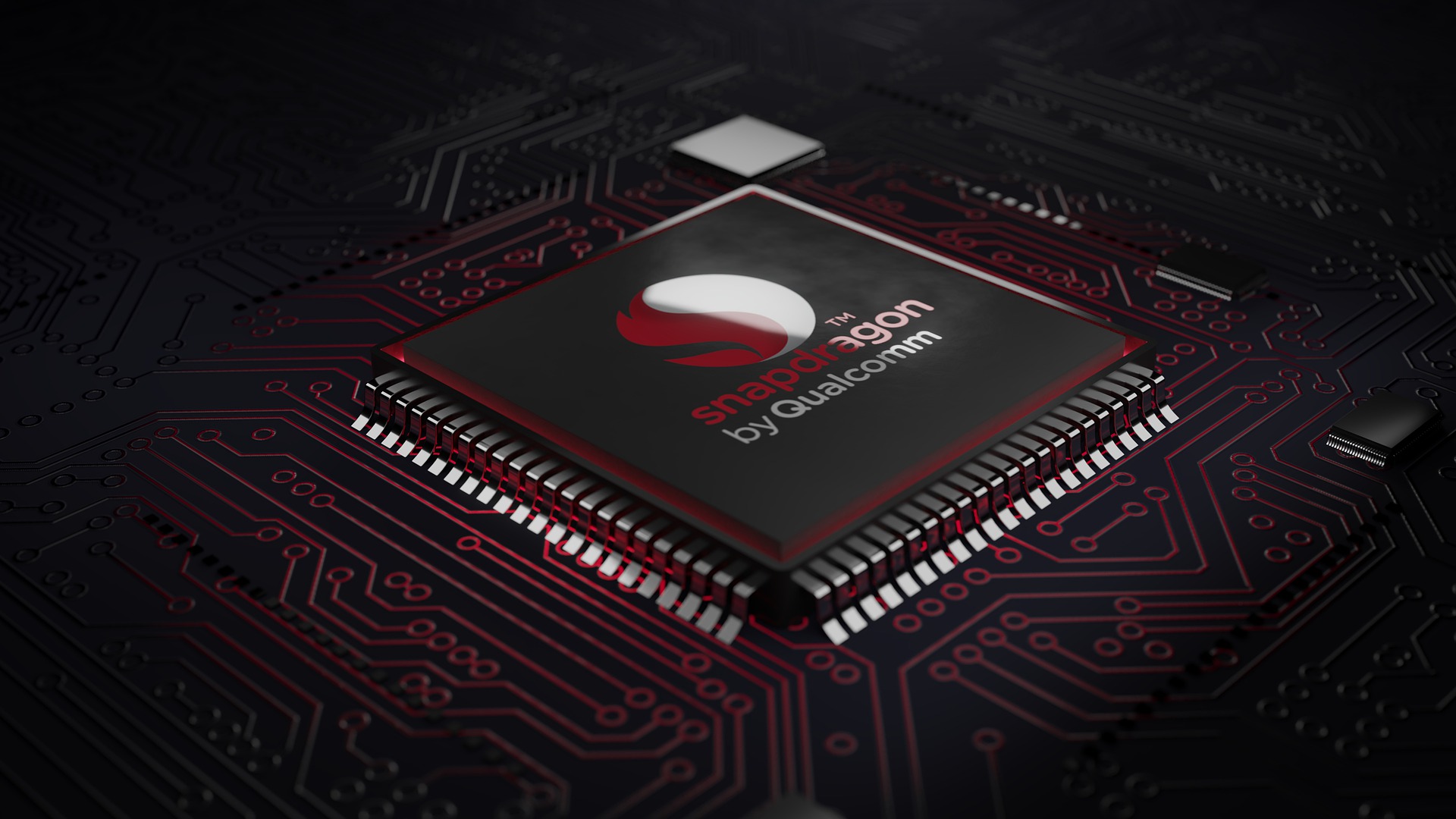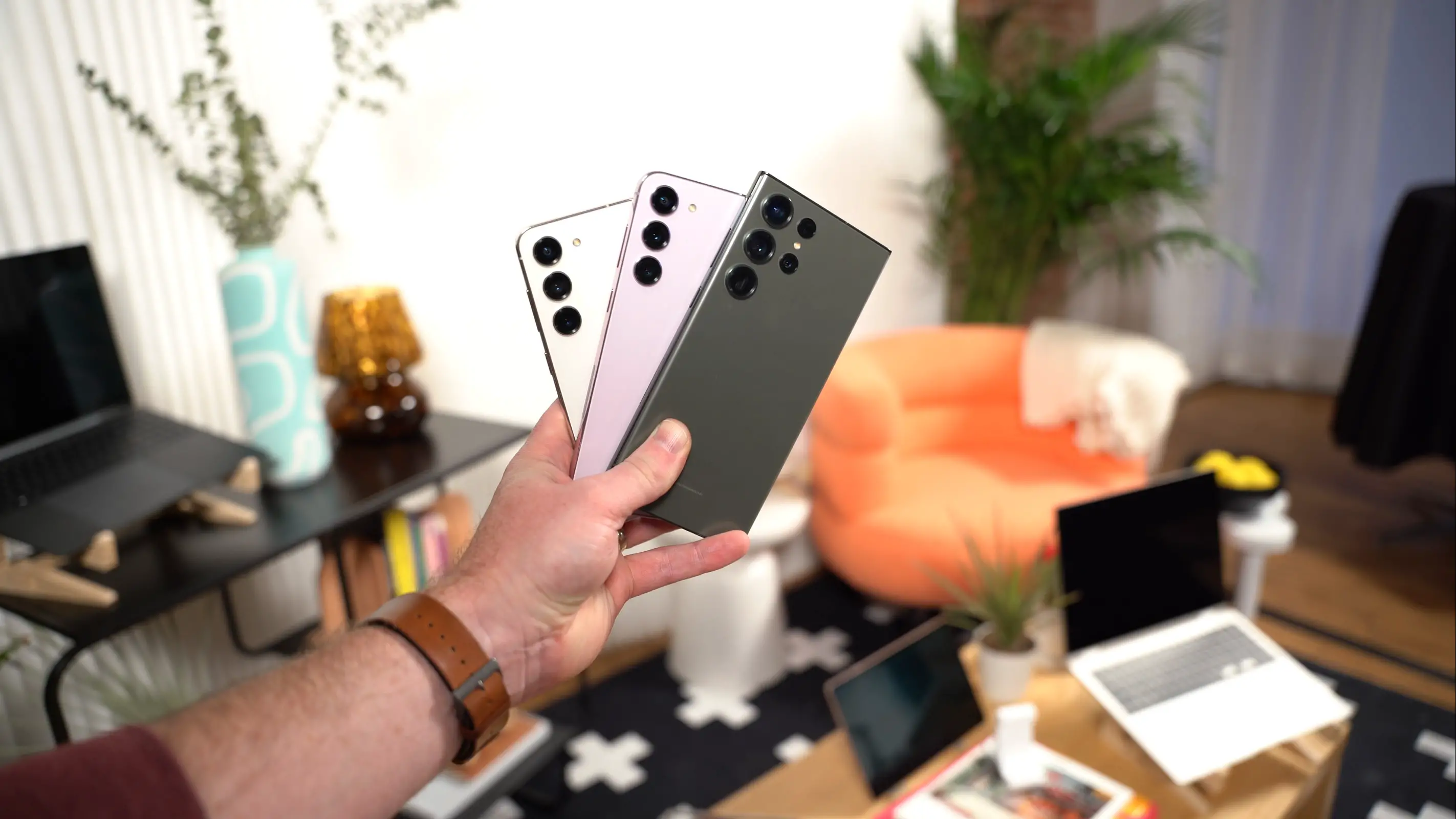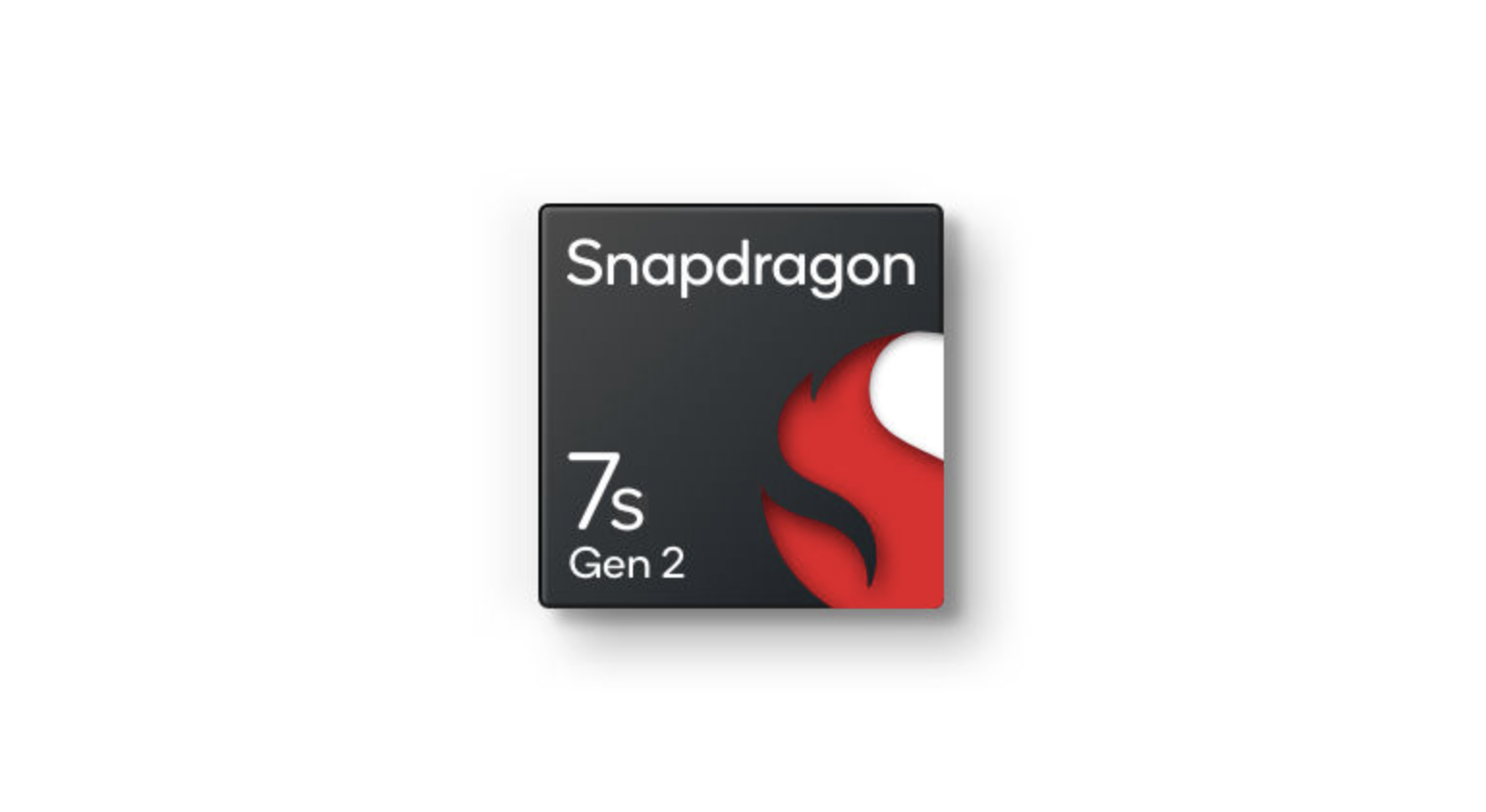
The prices of our smartphones seem to be going up over the years and there are plenty of reasons for it, but come 2025, it seems that one of those reasons could be the use of Qualcomm's Snapdragon 8 Gen 4 chipset, which is expected to power the majority of flagship phones launching that year.
This is according to a report from Android Authority based on an answer that Qualcomm had given in response to a question. During the Snapdragon Summit, Qualcomm revealed that its next-gen chipset following the recently-announced Snapdragon 8 Gen 3, would be powered by custom Oryon CPU cores.
Qualcomm senior vice president Chris Patrick later suggested that due to the use of these custom CPU cores, it could result in costs for making the Snapdragon 8 Gen 4 to be higher. Since we doubt that smartphone makers will be absorbing these costs on behalf of their customers, it means that those cost increases will be passed on to consumers instead.
It is unclear how much more expensive we're talking about and it would be hard to tell. Different companies have different deals with their suppliers, where those who order a higher volume might be eligible for a bigger discount, but either way, 2024 might be a better year to upgrade your smartphone if you're not looking forward to paying more in 2025.

Apple's M-series chipsets have been absolutely killing it, offering users massive performance upgrades over Intel's CPUs and also offering insane battery life. But it looks like Windows users could soon enjoy similar benefits, at least if these recently-discovered Geekbench benchmark scores are anything to go by.
The benchmarks are for Qualcomm's upcoming Snapdragon 8cx Gen 4 chipset which will be used to power Windows PCs. According to the benchmark scores, the chipset managed to score 1,197 on single-core and 9,337 on multi-core. As noted by Windows Latest, this new chipset still lags behind the M2 which scored between 2,592-2,645 for single-core and 9,797-14,197 for multi-core, but the gap is definitely closing.
It did, however, manage to beat the Apple M1 chipset, at least on the multi-core front.
Keep in mind that nothing official has been announced yet and that benchmarks can be faked or manipulated, but assuming these are semi-accurate, at this rate, it might take Qualcomm one or two more generations before the gap is closed or even surpassed, but for now it looks very promising.
Qualcomm has been developing ARM-based chipsets for Windows PCs in the past, but their performance levels did leave much to be desired, but these benchmarks certainly show a lot of potential.
Recently, there have also been rumors that in 2024/2025, NVIDIA and AMD could step in with their own ARM chipsets for PCs, providing PC makers and users with more potentially powerful options.

If there's anything we've learned in the past couple of years, it's that even the largest tech companies aren't immune to making big, cost-cutting adjustments which unfortunately results in the loss of livelihood. As such, Qualcomm recently announced that it was axing over 1,200 employees due to considerable market slowdowns, amounting to around 2.5% of its work force.
More specifically, 1,064 personnel from the company's San Diego headquarters will be terminated, while 194 more from the Santa Clara offices will be let go. Based on information available online, employees will vacate their posts around mid-December, which will then be followed by restructuring.
As per a statement made by the company to the press:
"Given the continued uncertainty in the macroeconomic and demand environment, we expect to take additional restructuring actions to enable continued investments in key growth and diversification opportunities.
While we are in the process of developing our plans, we currently expect these actions to consist largely of workforce reductions, and in connection with any such actions we would expect to incur significant additional restructuring charges, a substantial portion of which we expect to incur in the fourth quarter of fiscal 2023. We currently anticipate these additional actions to be substantially completed in the first half of fiscal 2024."
Qualcomm is the latest in a long line of companies who have laid off a sizeable number of employees - this list includes big names such as Google, Spotify, Roku, Meta, and Twitter.

One of the reasons why some might be a bit apprehensive at the idea of Samsung bringing back the Exynos chipset for its Galaxy S24 smartphones next year is because over the years, it has been found that the Exynos chipset tends to underperform compared to Qualcomm's chipsets.
Unfortunately, it looks like the upcoming Exynos 2400 is no different. Based on benchmarks found on Geekbench's website for the Qualcomm Snapdragon 8 Gen 3 and the Exynos 2400, it looks like Qualcomm's chipset is once again pulling ahead of the Exynos in their performance scores.
The benchmarks revealed that the Snapdragon 8 Gen 3 scored 2,234 in single-core performance and 6,807 in multi-core performance, whereas the Exynos 2400 scored 2,067 and 6,520 respectively. The gap isn't that big in the multi-core side of things, but it is more obvious in single-core.
It is unclear how this difference will translate in real-life use of the phones. It is possible that users won't be able to tell the difference in performance for day-to-day tasks like browsing the web, chatting, sending emails, watching videos, and playing music, but it might become a bit more obvious when more intensive applications are being used, like gaming, or photo or video editing apps.
That being said, if you are concerned about the differences, you might want to consider the Samsung Galaxy S24 Ultra which is rumored to use the Snapdragon 8 Gen 3 across all regions it will be sold in.

As Qualcomm continues to round-out its mobile processor offerings, the company recently announced its latest addition to its midrange chip lineup, the Snapdragon 7s Gen 2. The new processor is designed to give mobile devices decent performance without going overboard on price.
As for what users can expect, the new Snapdragon new chip comes with support for Quick Charge 4+ technology for fast-charging capabilities, and is designed to work alongside Qualcomm's Kryo CPU and Adreno GPU for day-to-day tasks and gaming. Speaking of the latter, the new chip also supports FHD+ displays as well as 144Hz refresh rates, in addition to select Snapdragon Elite Gaming Features such as Qualcomm Game Color Plus and Qualcomm Game Quick Touch.
For imaging, the 7s Gen 2 also features Qualcomm's Spectr 12-bit ISP for detailed photography, as well as support for 4K HDR video capture, and improved low-light photography performance. As with the rest of Qualcomm's newer chips, the 7s Gen 2 also features built-in AI processing for improved performance, as well as facial recognition and QR-code scanning by way of the Qualcomm Sensing Hub.
Other details include support for up to 2.9 Gbps connection speeds with mmWave and sub-6GHz support, and Qualcomm FastConnect 6700 Mobile Connectivity System with Wi-Fi 6E and Bluetooth 5.2 connectivity.
© 2023 YouMobile Inc. All rights reserved





